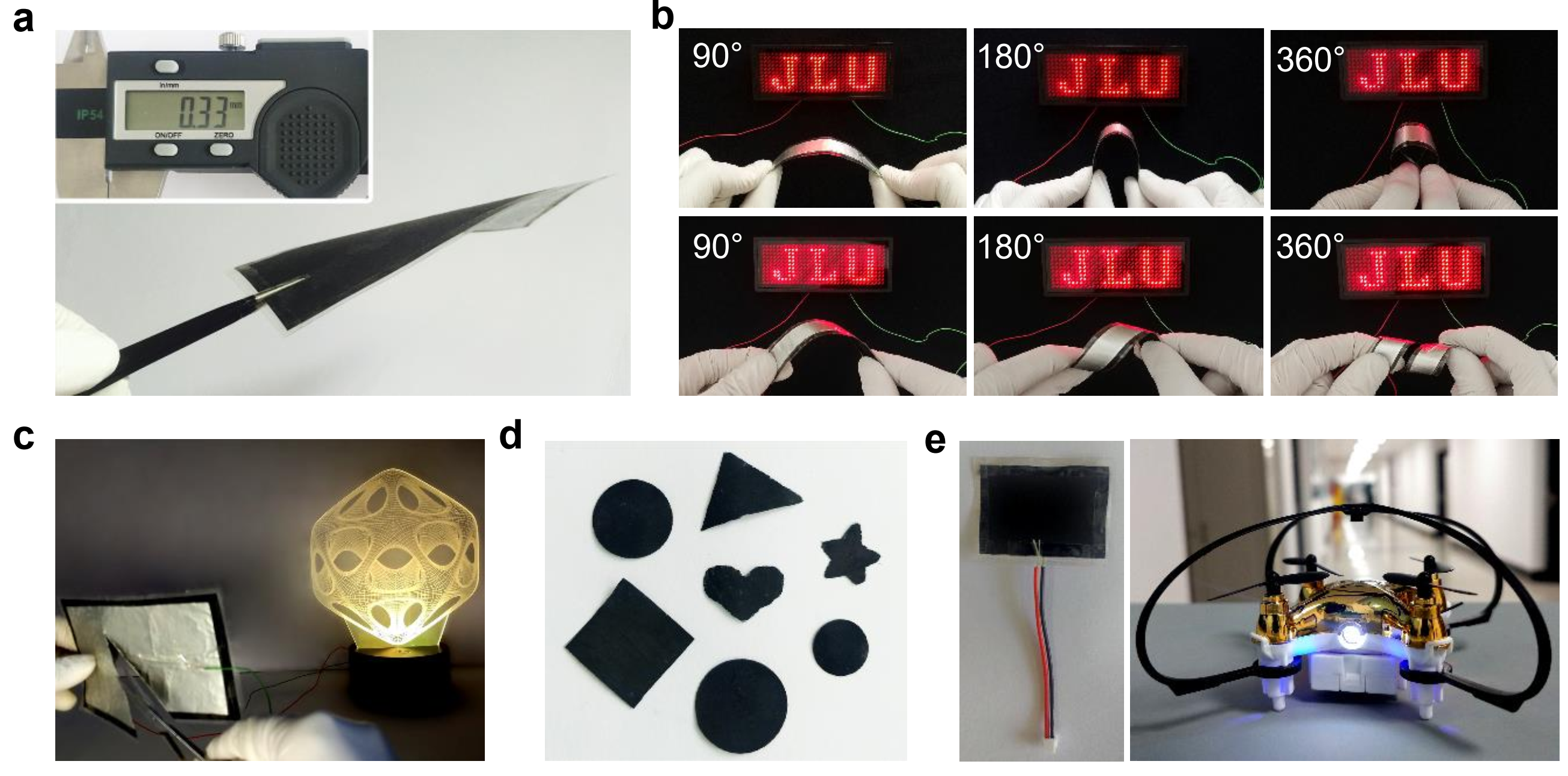Xiwen Chi1,2, Malin Li1,2, Jiancheng Di1, Pu Bai1, Lina Song1, Xiaoxue Wang1, Fei Li1, Shuang Liang1, Jijing Xu1,2,* & Jihong Yu1,2,*.
Nature, 592, 551–557, 2021
Solid-state lithium (Li)–air batteries are recognized as a next-generation solution for energy storage to address the safety and electrochemical stability issues that are encountered in liquid battery systems. However, conventional solid electrolytes are unsuitable for use in solid-state Li–air systems owing to their instability towards lithium metal and/or air, as well as the difficulty in constructing low-resistance interfaces5. Here we present an integrated solid-state Li–air battery that contains an ultrathin, high-ion-conductive lithium-ion-exchanged zeolite X (LiX) membrane as the sole solid electrolyte. This electrolyte is integrated with cast lithium as the anode and carbon nanotubes as the cathode using an in situ assembly strategy. Owing to the intrinsic chemical stability of the zeolite, degeneration of the electrolyte from the effects of lithium or air is effectively suppressed. The battery has a capacity of 12,020 milliamp hours per gram of carbon nanotubes, and has a cycle life of 149 cycles at a current density of 500 milliamps per gram and at a capacity of 1,000 milliamp hours per gram. This cycle life is greater than those of batteries based on lithium aluminium germanium phosphate (12 cycles) and organic electrolytes (102 cycles) under the same conditions. The electrochemical performance, flexibility and stability of zeolite-based Li–air batteries confer practical applicability that could extend to other energy-storage systems, such as Li–ion, Na–air and Na–ion batteries.

Fig. 1: Schematic and characterization of the zeolite solid electrolyte.

Fig. 2: Safety, abuse tolerance and flexibility of the SSLAB with C-LiXZM.
Read more at https://www.nature.com/articles/s41586-021-0341


